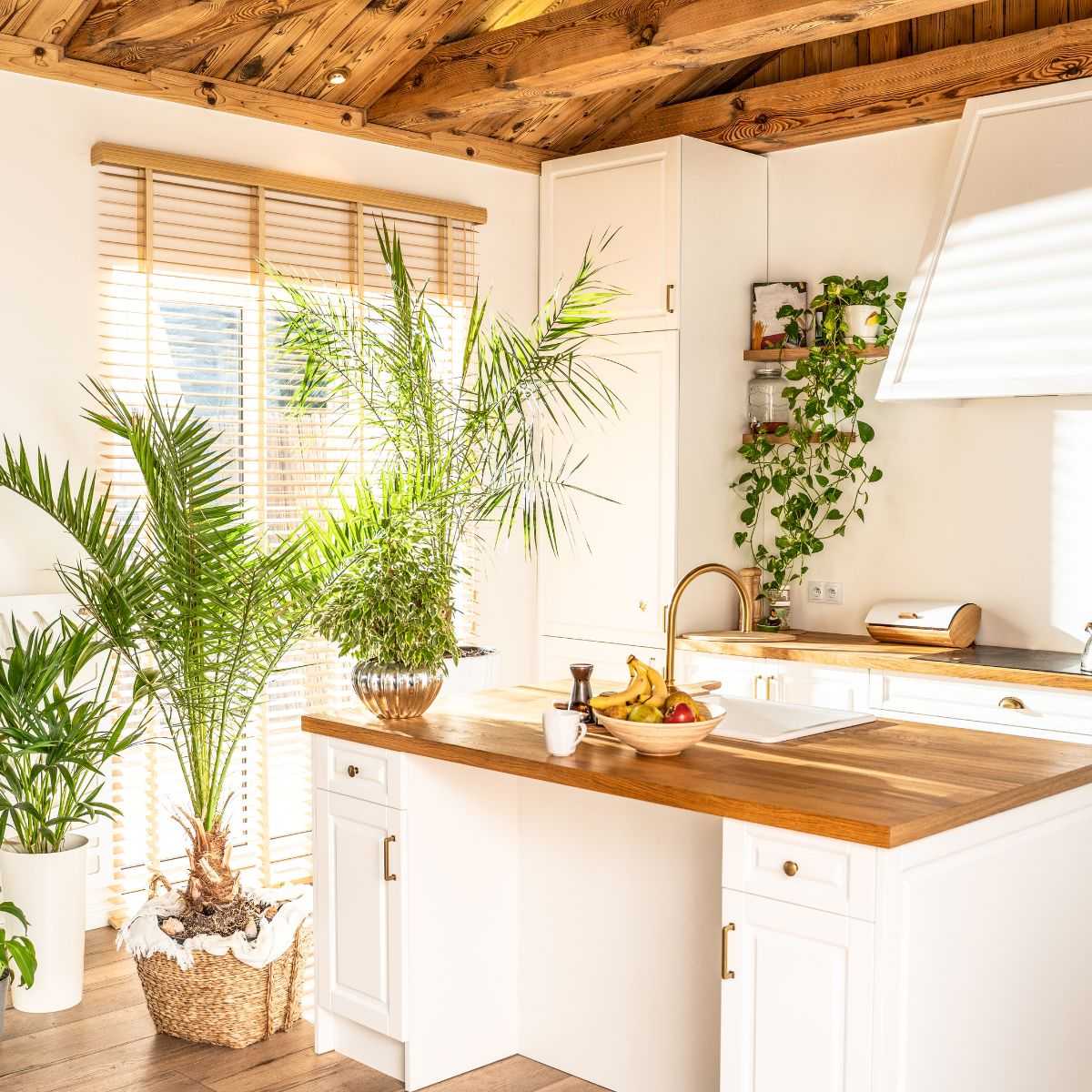Share
The Covid-19 pandemic has led to a big shift in the way the world works and one big change within the letting sector is a move towards flexible living.
One of the biggest factors contributing to a need for flexible living is job flexibility. For some, working from home might have been an extra perk pre-pandemic, but in the last 12 months, it has become somewhat of a norm for the majority of us. While for some people, a permanent return to the office is imminent, for others, forecasts predict that 57% of us will continue to work from home, as more offices across the UK are foreshadowed to close for good. This means that many people are not tied down to living in the same city as their workplace anymore and so can work from anywhere. As a result, there is a higher demand for mid to long let properties.
In this rapidly changing environment, landlords need to consider the necessary changes they will need to ensure their properties are suitable for the needs of the flexible living market. Not only does this ensure they meet the demands of this new type of tenant but it also ensures they can maximise their income.
Firstly, flexible living also comes with the need for flexible furniture and services. When a property needs to act as both a home and an office, the furniture within the property can be a lot more useful if it has dual functionality.
John Lewis has published ‘The Flexible Living Report: Redefining The UK’s Homes For a New Chapter in Twenty-First Century Living’, claiming that open-plan living is on its way out, with families requiring their own space to live, work and exercise. They have also reported that their top search is for dressing tables, searches for which have increased by 400% in that past year. This is likely to be because a dressing table can double up as a desk. Landlords should think about utilising the space available in their properties to best cater to a variety of people’s day-to-day needs.
Secondly, ensuring that all of the rooms within the property have a strong wifi connection is vital. While this might have been more of a ‘want’ pre-pandemic, it is now most certainly a ‘need’ for parents working from home and children doing online schooling. Landlords should therefore ensure this is available throughout their properties.
Thirdly, a property with a high degree of modernisation and cleanliness is far more likely to attract these flexible living tenants. They don’t want to, nor do they have the time to, decorate, fix or change. They want to move in and live their best life from day one. With so many professional properties on the market today, if your portfolio has started to feel a little tired, now might be the time for a refresh.
Finally, ensuring that your property is available all year round will deliver significant benefits in the flexible living economy. As tenants move from city to country to beach, they may stay for 5 days, 5 weeks or 5 months. In this world, short, mid and long term lets mix, which can result in great returns for landlords but only if the availability exists. Having 365 days a year available means you can fill every day with the best blend of lettings to maximise your income.













